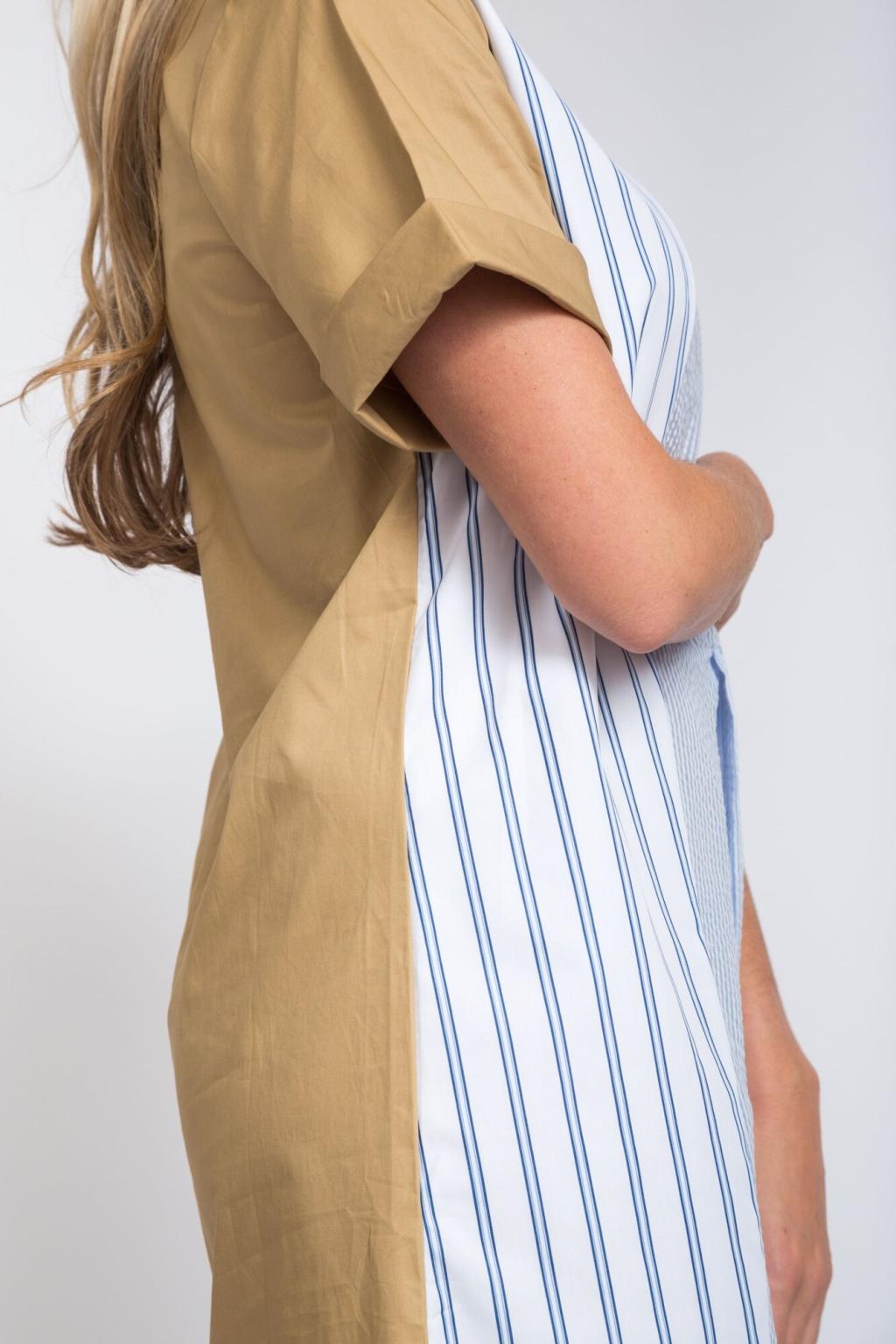
Sustainable Fashion Innovations to Watch in 2024
The fashion industry stands at a pivotal juncture as sustainability becomes more than just a trend—it’s an urgent imperative. In 2024, a dramatic transformation is underway, fueled by cutting-edge technologies, shifting consumer values, and industry-wide collaboration. Designers, brands, and manufacturers are joining forces to revolutionize how clothing is designed, produced, and consumed, all with the planet in mind. Dive into the remarkable innovations redefining sustainable fashion this year, from revolutionary materials and smarter production methods to digital breakthroughs and new business models. This comprehensive overview explores eight key areas where change is happening at lightning speed, signalling a hopeful future for fashion and the environment.
Next-Generation Eco-Friendly Materials
Plant-Based Fibers and Textiles
Lab-Grown and Bioengineered Fabrics
Circular Synthetics from Waste Streams


Waterless and Low-Impact Dyeing Technologies

Virtual Fashion Shows and Digital Garments

NFT-Enabled Clothing and Authentication

